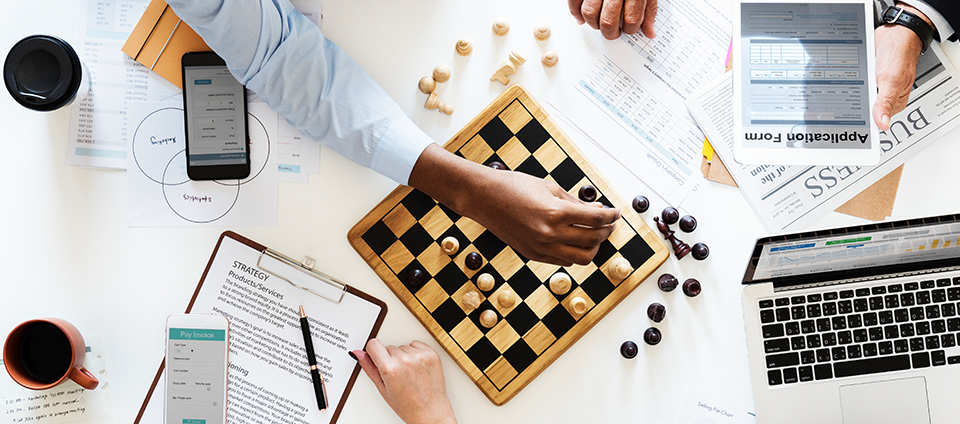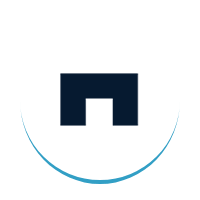Client Communication in Tech: Aligning Teams and Clients
Communicating technology to non-tech stakeholders is a delicate art. It’s not just about relaying facts, it’s about building empathy, trust, and shared ownership. In the world of software, effective client communication in tech can make or break a partnership. When done well, it transforms a simple transaction into meaningful tech-client collaboration.
At its root, communication is about shared understanding. A software development company that bridges its technical world with the values and language of its clients doesn’t just deliver products - it builds partnerships.
Understanding the Gap
Often, developers assume that jargon - terms like “refactoring”, “API integration”, or “data normalization”, is universally understood. In truth, these phrases can obscure meaning and distance stakeholders from the project vision. We need to adapt to the client, communicating in a way they understand, rather than in the way we want them to understand.
Bridging that gap starts with empathy. It means asking: how does your client prefer to receive information? What are their business pain points and goals? Then reframe technical choices into meaningful narratives.
Tools That Support Communication

Agile methodologies, such as Scrum, offer a powerful framework. In Scrum, the product owner, often a technical liaison, serves as the voice of the client, continually negotiating priorities and translating business needs into technical stories. This handshake enables clarity and pace - a shared rhythm.
Visual tools like wireframes, flow charts, or mock-ups bridge understanding even more effectively. Clients often respond better when shown the work in action. A live demo or even a simple screen capture can resolve doubts far more effectively than lengthy explanations.
Building Shared Language and Trust
A single, shared vocabulary - what Domain-Driven Design refers to as ubiquitous language, can transform ambiguity into clarity. When concepts like “dashboard” or “user role” are co-defined early, teams reduce misunderstandings and align thinking from the start.
A shared glossary turns terms such as “Admin,” “Editor,” and “Viewer” into defined roles with measurable business outcomes, creating true alignment between teams and stakeholders.
Transparency Builds Confidence
The most trusted outcomes come from the most transparent processes. Keeping stakeholders informed isn’t optional, it’s foundational. One industry survey linked trust with clarity, and it found that consistent, transparent communication can significantly enhance client retention.
Internal tracking tools like Trello or Jira, when shared thoughtfully, let clients see progress firsthand. One company cut down unnecessary status inquiries by adopting a “no news is good news” practice, where simple confirmation updates like “Progress is on track - nothing to report this week” reassured clients without overwhelming them.
Strategy and Documentation as Rapport-Builders

Clear expectations must be explicit. Clients and developers must align on scope, timeline, limitations, and deliverables from day zero. Structured kickoff meetings, well-defined scopes of work, and shared rhythm through sprint reviews brings clarity and reduces friction later.
Documentation isn’t bureaucratic, it’s the memory and commitment binder of any collaboration. Shared tools like Notion or Confluence serve dynamic archives that capture decisions, designs, and context - preserving clarity across teams and time.
Visuals, Prototypes, and Incremental Delivery
Nothing demystifies technology like “seeing is believing”. History shows that wireframes and prototypes early in the development process reduce rework and misalignment.
Agile sprints take it further, delivering working software frequently, in digestible chunks, gives continuous visibility. Each demo becomes an opportunity for real feedback rather than speculation.
Listening, Iterating, and Adjusting Course
Effective client communication in tech is two-way. It starts with attentive listening, not just confident speaking. Actively clarifying feedback with phrases like “Let me rephrase to confirm I understood correctly” shifts interactions from one-way reporting to meaningful dialogue.
And when disagreements arise, conflict becomes a conversation. Rather than bulldozing requests, guide with options. Framing options with both trade-offs and benefits, for example, “Option A increases speed by 20%, while Option B adds flexibility”, encourages informed decision-making and shared ownership.
Empowered Collaboration
In lean and agile frameworks, trust isn’t optional, it’s the fuel that powers autonomy. Teams that feel trusted focus not on permissions, but on purpose. Empowered developers can manage complexity and deliver better outcomes when they deeply understand client challenges.
Pairing that empowerment with clarity - visual tools, incremental demos, consistent language, elevates the developer-client relationship beyond transactions, into co-authored outcomes.
Long-Term Partnerships Through Empathy

Codecafe and Agile best practices consistently show that clarity, humility, and rhythm build loyalty. Regular check-ins, transparent roadmaps, shared definitions - these become the scaffolding of trust.
Engineers who show code aren’t just sharing screens - they’re reducing distance. When product owners communicate in the language of business, clients feel the reassurance that development is happening alongside them, not in isolation.
In such partnerships, communication isn’t just a tool - it’s the heartbeat.
Key Takeaways
Every meaningful stakeholder communication strategy stands on three foundations: clarity, rhythm, and empathy.
A software development company that embraces agile demos, visual communication, common language, and transparent routines builds durable trust.
When developers listen to business stories and speak in XR terms, such as expectations, impact, clarity, they build not just products, but lasting partnerships.



